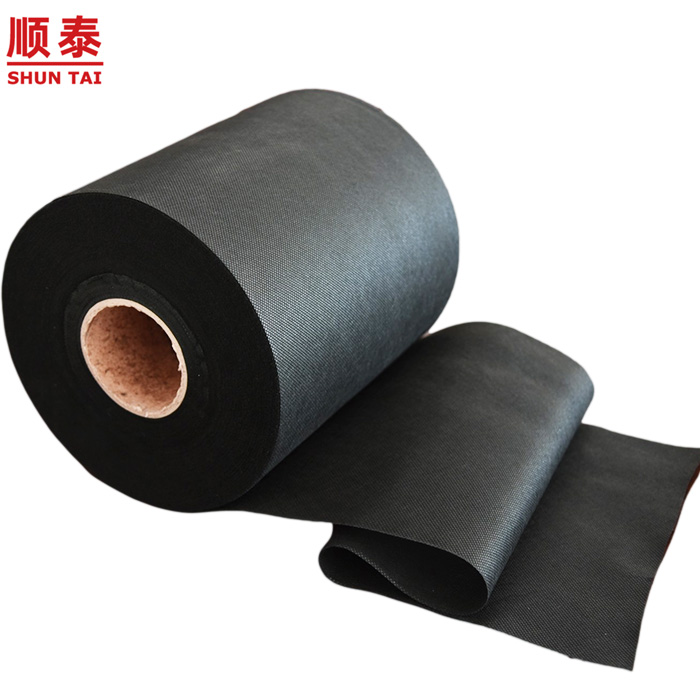
Non-woven Industry Development Non-woven fabric is a material that was born out of the petrochemical sector following the invention of plastic cloth (film). It is lighter than plastic cloth and allows for better airflow. It is often utilized in medical and sanitary items such as napkins for sanitary use as well as facial towels, filters, etc., and was later used in engineering. Non-woven fabric is used in the production of vegetable products to avoid the damage caused by cold. Non-woven fabrics are made differently from plastic films. However, the basic raw materials used in their production are almost identical. They include PVC (polyvinyl chloride), PET (polyethylene), EVA [Ethylene Vinyl Acetate copolymer], PVA (polyvinyl alcohol), etc. Inflating traditional plastic film with heat, it produces thin film. The film is continuous and is able to be extended for a long time. The film's surface is free from pores. It is inert and blocks all exchange and movement of molecules. Chemical fibers made of synthetic materials, created from the mentioned raw materials, became the most popular product in the industry of textiles. These chemical fibers can still be made into cloth using traditional warp and weave weaving. So-called non-woven material is formed by interlocking fibers on the same plane at different angles in all directions instead of traditional methods of warp and weft. Compared with traditional woven fabrics they have superior material propertiesand its manufacturing process is able to go from the raw material to final products in one go. The traditional process of drawing and weaving fibers is removed. Production costs are also less. In recent times Non-woven fabrics have been widely used in the apparel sector. Since the last few years, thanks to the advancement of materials science and the advancement of production technology non-woven materials have become more diverse and used increasingly widely. The various materials and products made are evident throughout our lives. Due to their lightness and ease of production, non-woven materials have seen a rise in demand in the field of agriculture. See this non woven weed control fabric for tips.

Non-woven fabrics for use in agriculture. Applications of Non-Woven textiles in Agriculture. Non-woven fabrics were initially employed in Europe to keep carrots safe for early harvesting. In addition, to deter whiteflies and tomato leaf virus Non-woven fabrics were first introduced in Europe to the agricultural industry in the year 1978. Non-woven fabrics are utilized in the United States to mulch cantaloupes. Sweet peppers. tomatoes. Root vegetables. Carrots. Radishes. Cabbage. Lettuce. It is mainly utilized for heat preservation, encouraging early harvesting, and the control of insects. Non-woven materials are able to increase the temperature of soil and hold water for long periods of time and are utilized for grass-proof mats. Short fiber is also used for the creation of water absorbent blankets, which are sprayed on nursery beds so that the roots will completely absorb water. They can be used for the ground medium in turf production. They can also be used as planters to protect large woody plants like gardens or fruit trees, and to hold in water. Non-woven fabric, that is not made of yarn, are utilized in Taiwan to cover the crops. Non-woven fabrics are used extensively in large greenhouses to aid in energy conservation and environmental protection. Double-layered canopy curtains and cover cut down on the solar radiation and heat loss during the night. High-density spunbonded non-woven TAVIK fabrics were employed in the beginning to protect and shade cauliflower bulbs. It was quickly adopted by farmers because of its thermal conductivity that was low as well as shading capability. It was eventually used to preserve and keep leaf vegetables safe from insects, and to shade trees and the fruit trees. Because of Taiwan's unique ecosystem and climate, non-woven industry development is slow. Nonwoven fabric producers in Taiwan continue to develop nonwoven technology. The main focus of Taiwan nonwoven fabric manufacturing is water absorption, air permeability and water repellency. To use it in the preservation and storage of agricultural products, it has stepped up its research capabilities and hopes to expand the range of uses. See this wholesale agriculture non woven fabric for more information.
